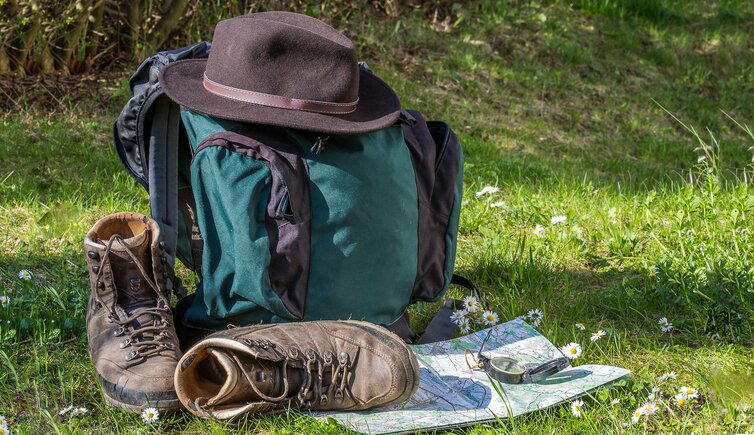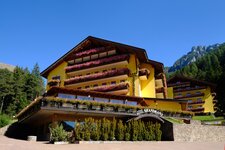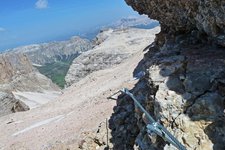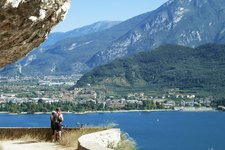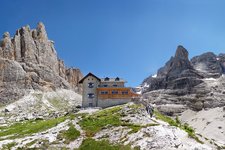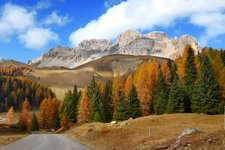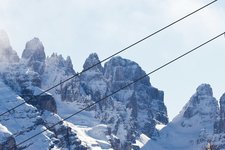The mountains are wonderful recreational areas that need to be protected and that can also harbour some dangers. If you follow the rules below, you will not take any unnecessary risks and you will be able to enjoy your mountain experience to the full
Here you can find some advice:
- Protect nature
- Take your rubbish home again
- Don't light fires
- Don't pick flowers
- Don't disturb the animals and keep quiet
- Check the difficulty of your hike
- Stay on marked paths
- Let someone know where you are going
- If you are hiking with children, avoid exposed spots
- If you are planning a stop or overnight stay at a mountain hut, first check if it is open
- Plan breaks for drinking on your hikes
- Check the weather forecast before starting your hike
- In the mountains the weather can change quickly and temperatures can drop rapidly
- Turn back if there is a risk of thunderstorms and avoid free-standing trees, peaks and ridges
In the mountains, clothing is also very important:
- Use comfortable walking shoes that are waterproof, lightweight and have a non-slip sole. Avoid shoes with slippery or thin soles
- Choose a waterproof backpack with warm clothes and extra clothes
- Pack the following in your rucksack: drinks, provisions, sun cream, sunglasses, head protection, first aid kit and your mobile phone
- Take a headlamp with you for longer tours, especially in winter
Safety in the mountains:
-
In case of an accident, dial 112 and give the following information:
-
Where? it happened
-
What? happened, how and when
-
How many? are involved
-
What? injuries or medical emergencies are there
-
Who? is calling (name), place, phone number
Important: Not all areas in the Alps are covered by the mobile phone network. If your phone has no reception, switch it off and on again and enter the European emergency number 112 instead of the pin code. The phone will automatically detect the strongest network and you can then try to make an emergency call.
International distress signals:
Distress call: 6 beeps or visual signals per minute (one every 10 seconds), one minute pause
Response to distress call: 3 beeps or visual signals per minute (one every 20 seconds), one minute pause
